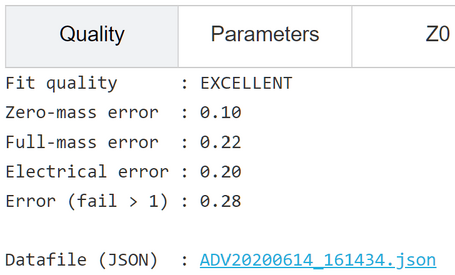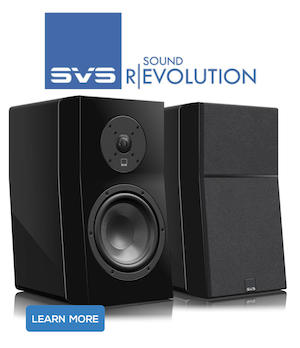There's a misunderstanding.
The first step is to create a first ZMA file from your existing MDAT file with the mass of 0 g,
then a second ZMA file from your existing MDAT file with the mass of 7 g,
and finally a third ZMA file from your existing MDAT file with the mass of 14 g.
The second step is to upload your 3 ZMA files into the site Speakerbench using the Collect tab. Speakerbench will create your JSON file from your data, named Zyyyymmdd_hhmmss.JSON .
The third and last step is to use this personal JSON file to get the quality fit report.
If you are unable to create the ZMA files, attach the mdat files with the 3 weights.
Hi Bernard
I just used the sample data in the speakerbench website to do the second step you mentioned, because I wanted to get to know the procedure of speakerbench and tried to find out the relatioinship between Mms and actual MASS quality by this sample data.
I know the procedure now, but I didn't do the measurement for speakerbench yesterday.















